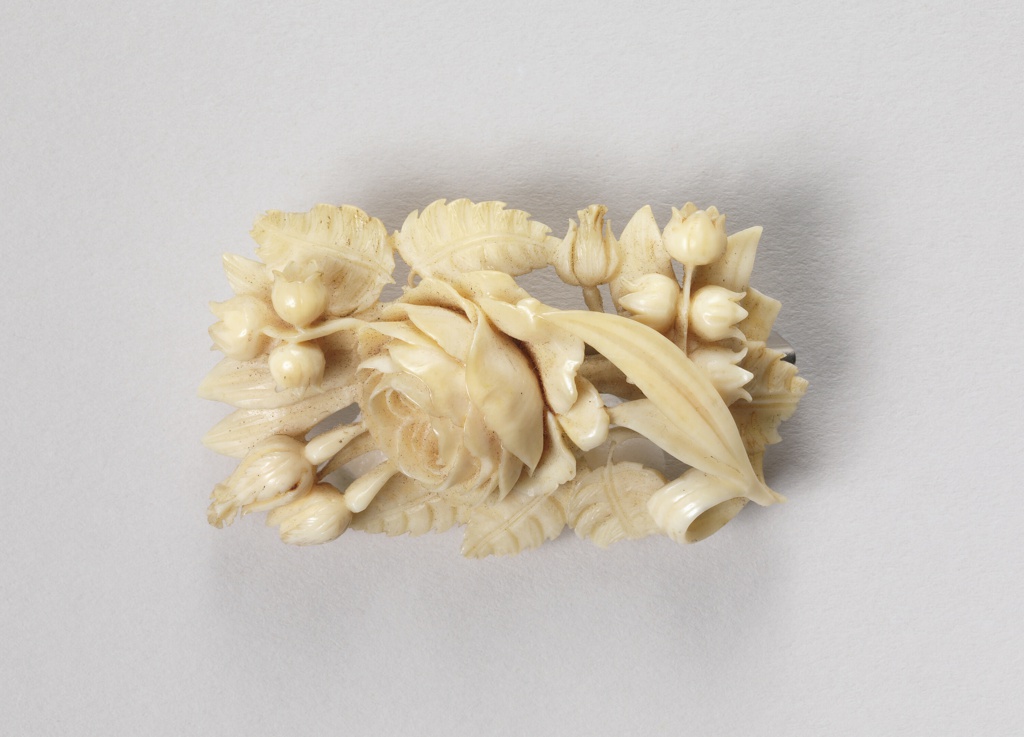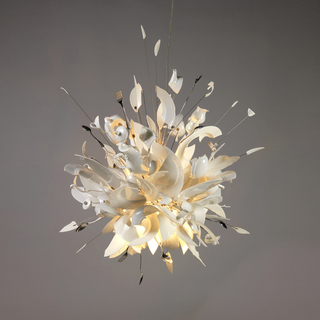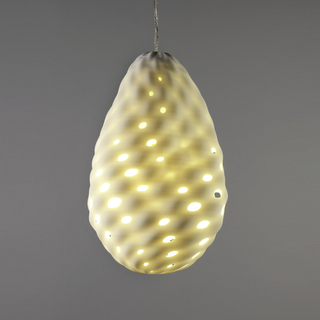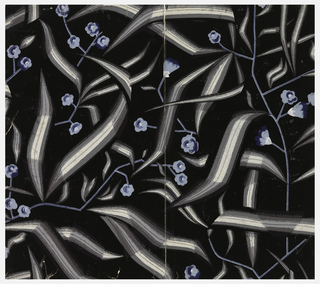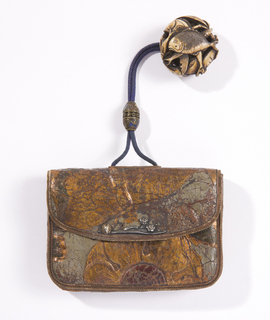There is one other image of this object. See our image rights statement.
See more objects with the color darkkhaki palegoldenrod sienna saddlebrown or see all the colors for this object.
Object Timeline
|
1970 |
|
|
2010 |
|
|
2015 |
|
|
2025 |
|
Brooch (Germany)
This is a brooch. It was made by Unknown. It is dated 1860–90 and we acquired it in 2010. Its medium is ivory, metal. It is a part of the Product Design and Decorative Arts department.
This brooch is an extremely fine example of ivory carving in 19th-century jewelry, a period when jewelers were constantly exploring materials to use in new ways, including ivory, hard stones, and coral. The brooch’s accurate depiction of botany relates to the then burgeoning industry of botanical books and plates that inspired designers in all fields. Although the pierced-through and fully three-dimensional modeling of roses and lily of the valley make it a sculptural form, the piece was always intended, with its flat back, for use as jewelry.
The art of ivory carving has global appeal and goes back to antiquity. Carvings exist from India, China, and Africa, as well as from ivory exported to many other parts of the world. Ivory’s translucence and delicate quality inspired the greatest carvers to produce their best work throughout Europe in the medieval and Renaissance eras. Long after the medieval period, certain European centers of ivory-carving, such as Dieppe, France, and much of Germany, added non-religious objects to their work. In 17th-century Germany, tankards and other functional objects were adorned with elaborately carved ivory sides featuring detailed scenes, an art that was revived in the latter part of the 19th century. In Germany, above all, the interest in ivory carving remained at a very high level throughout the 19th century and many of the larger pieces were exhibited at World’s Fairs.
This piece, which entered the United States prior to the ivory import ban, is a welcome addition to the museum’s jewelry and carved ivory collections.
This object was
donated by
Phyllis Levine.
It is credited Gift of Phyllis Levine in memory of Dr. Ernest Sharo.
- Porca Miseria! Hanging Lamp
- porcelain, stainless steel, metal; halogen light source.
- Gift of Peter Norton.
- 2010-16-1
- MyLight.MGX Hanging Lamp
- polyamide (nylon).
- Gift of Materialise NV.
- 2010-35-1
- Sidewall, Daphnis
- machine-printed paper.
- Gift of Frankl Galleries.
- 1930-11-1-c
Our curators have highlighted 1 object that are related to this one.
- Purse (kin-chaku) With Pendant (netsuke) And Cord Fastener (Netherlands...
- stamped, silvered, and varnished dutch leather, carved ivory, enamel and brass.
- Gift of Eleanor and Sarah Hewitt.
- 1931-48-73
Its dimensions are
H x W x D: 2.9 x 5.1 x 1.3 cm (1 1/8 x 2 x 1/2 in.)
Cite this object as
Brooch (Germany); Made by Unknown (German); ivory, metal; H x W x D: 2.9 x 5.1 x 1.3 cm (1 1/8 x 2 x 1/2 in.); Gift of Phyllis Levine in memory of Dr. Ernest Sharo; 2010-1-1
